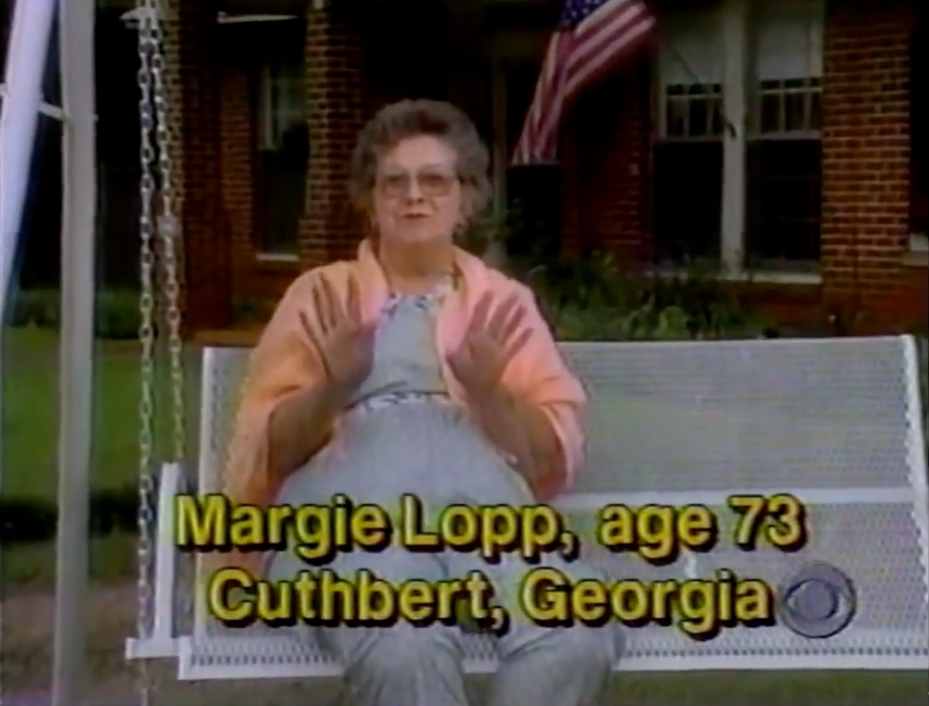TOPBULB.COM QUERIES POTENTIAL CUSTOMERS ON THEIR ILLUMINATION NEEDS
When light bulb supplier TopBulb.com LLC set out to enhance its sales to the consumer market, it turned to traditional prospecting sources such as lists and space ads. But the East Chicago, IN firm is also exploring a less obvious source: Its own business-to-business customer database.
“Everyone has some oddball light bulb problem,” says senior vice president Deborah Ramstorf. “We have a twofold approach. If people come in as B-to-B customers, we try to sell them as consumers. If someone comes in as a consumer, we try to sell them as a business.”
If it relied solely on its house file, TopBulb would be trying to convert a lot of corporate customers to consumer product use. The 70-year-old company has a database of 125,000 names, of which 90,000 have placed orders since 1990. Business customers make up between 80% and 90% of the file.
These efforts center around surveys, which are bound into the company’s catalogs and posted on its Web site. In addition, TopBulb’s call center reps are trained to capture as much information as they can.
But the company has also begun soliciting new consumer customers, largely through e-mail prospecting. In March, it contracted with Denver-based Exactis.com, a broker of online opt-in lists, to send out a total of 20,000 e-mail messages to four test groups: working mothers, people with an affinity for electronic goods, families with children under 8 years of age, and people who like free things. Each e-mail included a link back to a questionnaire on TopBulb’s Web site. URLs unique to every test segment allowed it to judge each group’s responsiveness. During the initial process, TopBulb never had access to the names or addresses.
Partly due to a generous premium – a radio shaped like an early-century console model – the company’s site had a 754% increase in traffic during the week following the promotion, which generated 7,000 responses. But the company captured more than e-mail addresses: To receive the radio, each respondent had to complete the online survey. TopBulb has followed up with all the respondents, adding them to its free newsletter subscriber list.
The survey asks business and consumer-related questions, ranging from employee and sales statistics to presence of children, and whether the respondent displays artwork. Additional questions inquire about the types of promotions a customer would find most attractive. The mix of questions was intentional. Given that the company’s customer base had traditionally been businesses, it wanted to make sure that these customers were not alienated, while at the same time collecting valuable consumer information.
Sales resulting from the e-mail campaign have been average, but Ramstorf is not overly concerned. The primary aim of the outreach efforts was to alert prospects that the site existed, with a secondary goal of gathering data. Building sales will be next. “I have their e-mail addresses and I know a lot about them,” she says. “Now I can more effectively target them.”
Ramstorf sees 2000 as the year to gather information. Next year, she says, the company will begin modeling this data in earnest.
Including the responses generated by the radio giveaway, the company has pulled 11,000 completed surveys, most generated through its Web site. Surveys bound into the catalog account for just under 3,000 of that total. The Web’s interactive nature, surmises Ramstorf, lends itself to filling out a questionnaire, but eliminating a few steps, such as having to find a mailbox, doesn’t hurt either.
Ramstorf anticipates that the site’s users will skew toward consumers, as even before its promotion the items purchased tended to be household lighting needs, as opposed to industrial products such as projector bulbs and specialty medical lighting.
Why not attempt to reach potential B-to-B customers online? Aside from Ramstorf’s desire to build the consumer side of the company’s sales, she is reluctant to rely on B-to-B e-mail lists, although she has not had problems with their offline analogs.
“B-to-B lists are very hard to come by,” she says. “A lot of vendors say they have B-to-B names, but what they have are opt-in names that said they were doctors, so they were put in medical lists.”
Much of the company’s offline prospecting efforts focus on the B-to-B market. Twice a year the company drops 500,000 catalogs, supplementing its house file with rented B-to-B names. Ramstorf has a higher level of confidence in these mail lists: The paper mail medium, she says, has a record of success she hasn’t seen in electronic lists.
A good portion of TopBulb’s space advertising has focused on the B-to-B market as well, with ads going into vertical publications. Earlier this month the company began placing ads in The New Yorker appealing to art collectors who want non-ultraviolet light bulbs to illuminate their artwork without damaging it.
But TopBulb has only made an effort to collect e-mail addresses since January 1999, and Ramstorf estimates that 20% of its names have e-mail contact information, a figure that holds true both for its business and consumer customers.



